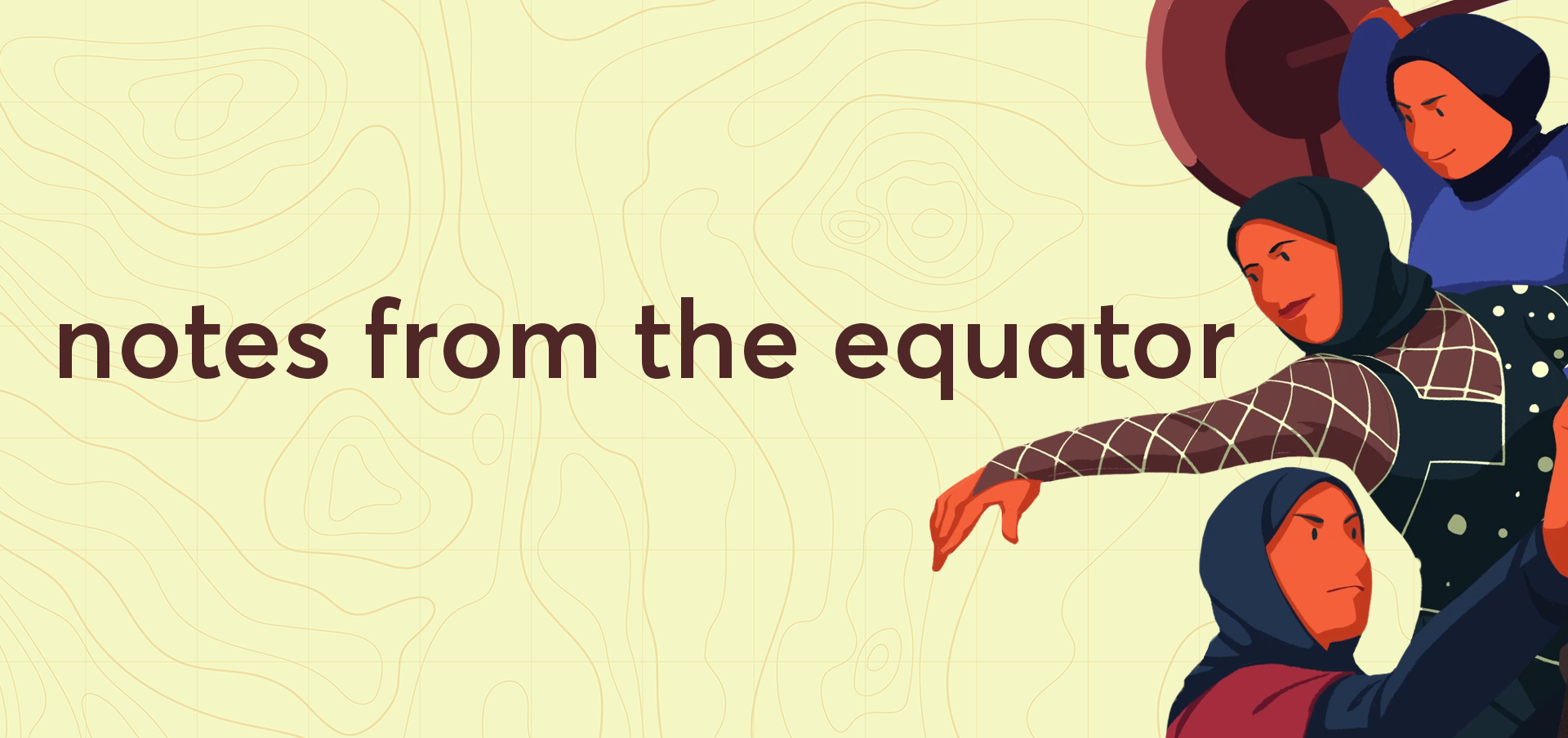
|
|
Religious gestures and superstitions are indelible parts of sports history. Think soccer players pointing their fingers skyward to thank god. So, why are female athletes often singled out for wearing the hijab—a customary headwear for Muslim women? Read about how female athletes like boxer Zeina Nassar are breaking these artificial boundaries—while smashing world records.
|
|

|
|
Here's a chilling statistic: Asia Pacific accounts for 73 percent of forced sexual exploitation victims worldwide in 2018. Almost all of them are women and girls. What makes women in Asia especially vulnerable to sex trafficking? The reasons are as surprising as they are tragic.
|
|

|
|
Women have fought hard—and succeeded—in overturning the rule that prohibits menstruating women from entering Kerala's Sabarimala Temple in India. But their fight has not ended. After attacking mobs prevented women from entering the temple, the ruling was once again placed under review last year. How will this judgement impact period stigma in India?
|
|
Special feature: Hell's Apprentice game
|
|

|
We created a game!
Hell's Apprentice is about the Buddhist-Taoist folklore of the eighteen levels of hell. In it, you assist the grand magistrate by collecting clues to three mortals' pasts and decide which level of hell they should be assigned to. At Kontinentalist, we're always striving to highlight Asian cultures in innovative ways, and this is our most experimental yet. For a behind-the-scenes look at how we conceptualised the game, check out this Medium post by our writer Bella.
|
|
Spotlight: Coxcomb (also goes by "polar area chart" and "rose chart")
|
|
|
How can we do a feature on women without paying homage to the OG data visualiser, Florence Nightingale? The coxcomb chart was her brainchild; Nightingale created it to persuade the British government that improving sanitary practices in hospitals and army camps would drastically save British soldiers' lives.
|
|
Cast your eyes on the coxcomb chart on the right, which documents the causes of soldier deaths from April 1954 to March 1855. She divided the chart into 12 slices to represent 12 months, with each slice at a 30° (360°/12). The method of visual encoding here is area. See how the shaded area of each month's slice is proportional to the death rate of that month? So, the larger the area, the more the slice extends from the center of the circle.
Nightingale then colour coded the chart by the three causes of death. The blue—and largest—represents death from five preventable diseases: scurvy, fever, dysentery, diarrhoea, and cholera; the red and black areas represent deaths from wounds and other causes, respectively.
The message is obvious: more soldiers were dying from preventable diseases than wounds sustained from the war. Her visualisation drowned out disbelieving voices like that of England's chief medical officer John Simon, who said that the diseases in the civilian population was unavoidable.
And she was right. A different government took over, and better sanitation was implemented in army camps and hospitals. The results can be seen in the coxcomb chart on your left, which shows a deepening reduction of preventable disease-related deaths from April 1855 to March 1856.
Today, coxcomb charts are popular with consultants for visualising market trends. The readability of the chart means that outliers can easily stand out. In this manner, they resemble radar charts—both are good for visualising large discrepancies, but your readers won't be able to make minute distinctions if your variables only have slight differences. It is also used in football analysis to make comparisons across players and their aptitudes in different skills.
|
|
We're doing something a little different for this issue. Instead of only sharing data stories related to the theme, we're highlighting female data practitioners and their work. Let us know which other practitioners we should be highlighting; if you're one yourself, we'd love to see your work!
- Lisa Charlotte Rost: Data visualiser at Datawrapper, where she creates these informative weekly charts on pop culture, the environment, and many more.
- Shirley Wu: Pretty much a legend in data vis; check out her visualisation of Hong Kong female artists.
- Mona Chalabi: Data editor at The Guardian. Her instagram has accessible graphics covering current affairs with a focus on black minorities and women.
- Powerhouse duo Catherine D'Ignazio and Lauren F. Klein, who wrote the book Data Feminism. You can read the final version of their book here.
- Liuhuaying Yang: A designer and coder, Yang creates stories that are clean and poetic.
- Alexandra Khoo: A data practitioner and frequent contributor to the Data Visualisation Society's Nightingale publication.
- Last but not least, the awesome women of Kontinentalist: Pei Ying, Griselda, Gwyneth, Aishah, Joceline, Zafirah, Bella, Nursheila, Liani, and Bianchi.
|
|
|
|
|

